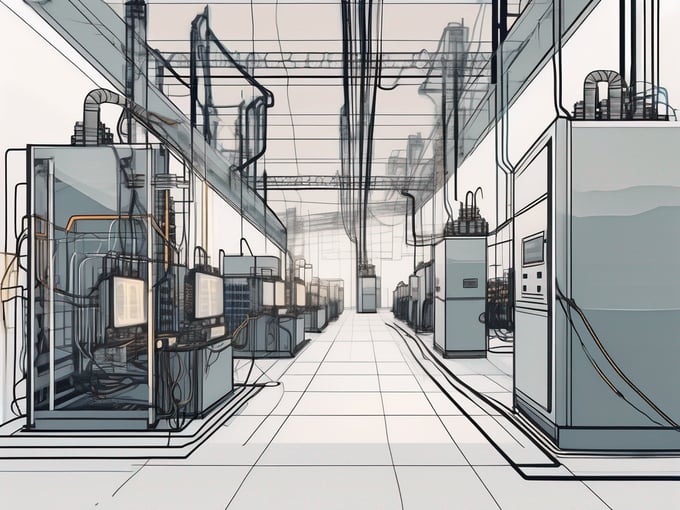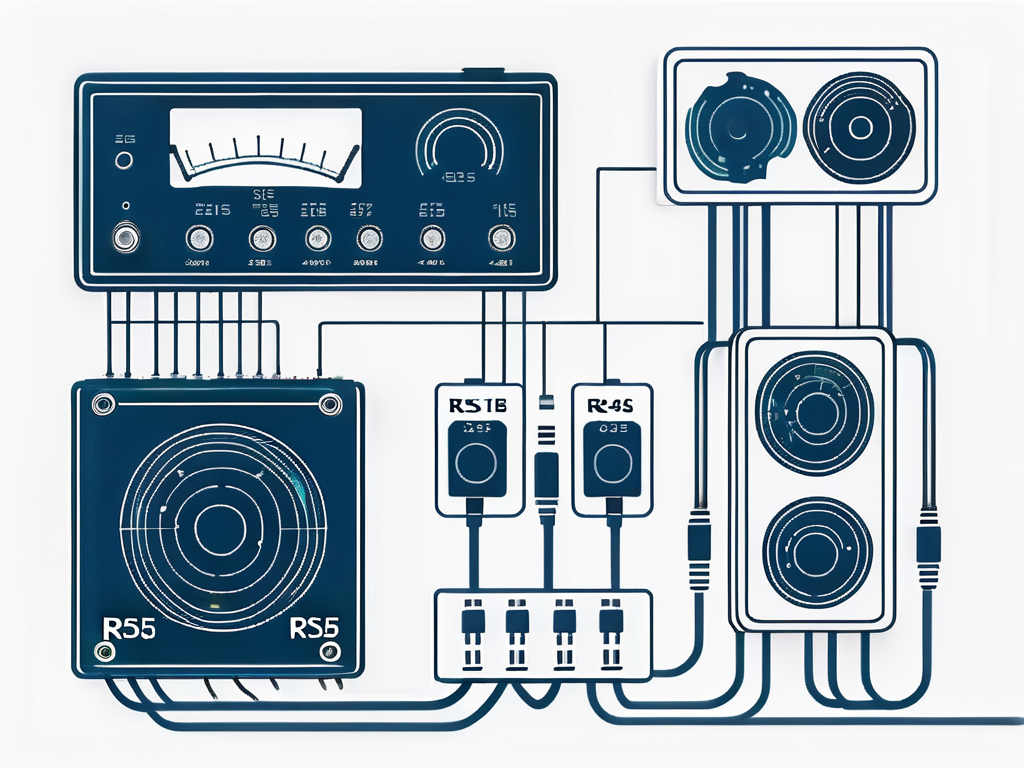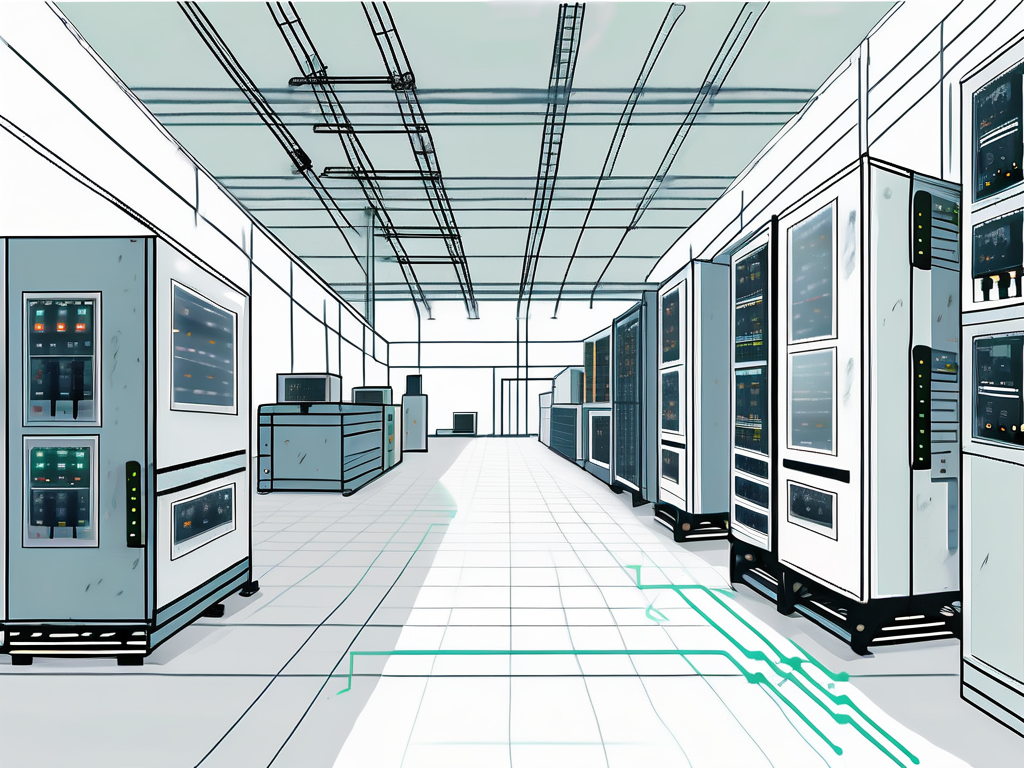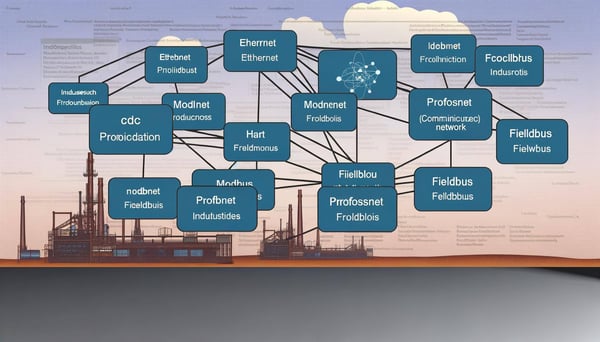
Fundamentals of RS-485
In the vast landscape of industrial communication protocols, RS-485 stands as a stalwart, a reliable and robust standard that has withstood the test of time. Its versatility and resilience have made it a favorite among engineers and system designers, who often turn to it for their data communication needs in a wide array of applications.
The Genesis of RS-485
RS-485, also known as EIA-485, is a standard for serial communication that was first introduced by the Electronic Industries Association (EIA) in 1983. It was designed as an improvement over the RS-422 standard, offering superior functionality in multidrop networks. The standard defines the electrical characteristics of drivers and receivers in balanced digital multipoint systems.

RS-485 is a differential line system, meaning it uses two wires to transmit data. This design allows for greater noise immunity and extended distance capabilities. The standard supports up to 32 devices on a single network, although with the use of repeaters, this number can be significantly increased.
Understanding the Technicalities of RS-485
RS-485 operates on a differential signaling system. This means that it uses two complementary signals to transmit data. The voltage difference between these two signals is what conveys the information, rather than the voltage level relative to ground. This approach makes RS-485 systems highly resistant to common-mode noise, a significant advantage in industrial environments.
The standard specifies a maximum data rate of 10 Mbit/s at a maximum cable length of 12 m. However, lower data rates allow for longer cable lengths, with a maximum of 1200 m at 100 kbit/s. This makes RS-485 suitable for a wide range of applications, from short-range, high-speed communication to long-distance, low-speed data transmission.
RS-485 Network Topology
RS-485 supports a variety of network topologies, including point-to-point, multidrop, and multipoint. The most common configuration is the daisy-chain or bus topology, where each device on the network is connected in series. This setup allows for easy addition or removal of devices without disrupting the network.
However, care must be taken to ensure proper termination of the network to prevent signal reflections. This is typically achieved by placing resistors at both ends of the bus. Additionally, the network must be designed to avoid ground loops, which can introduce noise and cause communication errors.
Applications of RS-485
Thanks to its robustness and versatility, RS-485 finds use in a wide range of applications. It is commonly used in industrial control systems, where its noise immunity and long-distance capabilities make it ideal for data communication between devices such as PLCs, sensors, and actuators.

RS-485 is also used in building automation systems, for communication between devices such as HVAC controllers, lighting systems, and security systems. Other applications include telecommunications, where it is used for signaling between switching centers, and in transportation systems, for communication between train cars or between traffic signals.
RS-485 in Modern Industrial Communication
Despite the advent of newer communication standards, RS-485 continues to hold its ground in the industrial sector. Its simplicity, reliability, and cost-effectiveness make it a preferred choice for many system designers. Moreover, many modern industrial protocols such as Modbus and Profibus are based on RS-485, further cementing its place in the industry.
With the rise of the Industrial Internet of Things (IIoT), RS-485 is also finding new applications. Its ability to connect a large number of devices over long distances makes it well-suited for IIoT networks, where devices often need to communicate over large industrial plants or even across different geographical locations.
Conclusion
RS-485 is a testament to the power of simplicity and robustness. Despite being over three decades old, it continues to be a vital part of the industrial communication landscape. Its versatility and resilience have ensured its relevance in a rapidly evolving technological world.
Whether you're designing a new industrial control system or upgrading an existing one, RS-485 is a standard worth considering. Its proven track record and wide range of applications make it a reliable and cost-effective choice for data communication.



